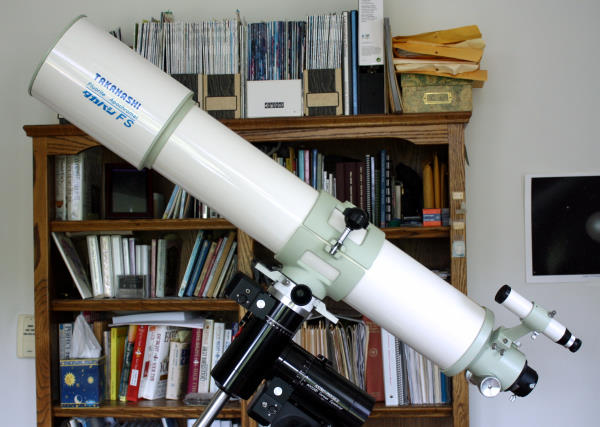
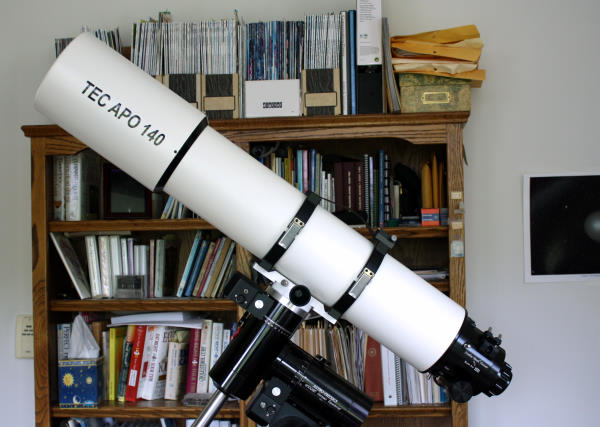
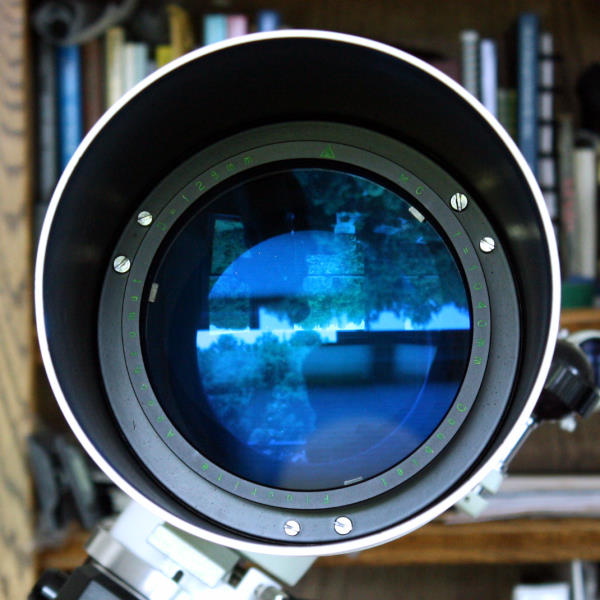
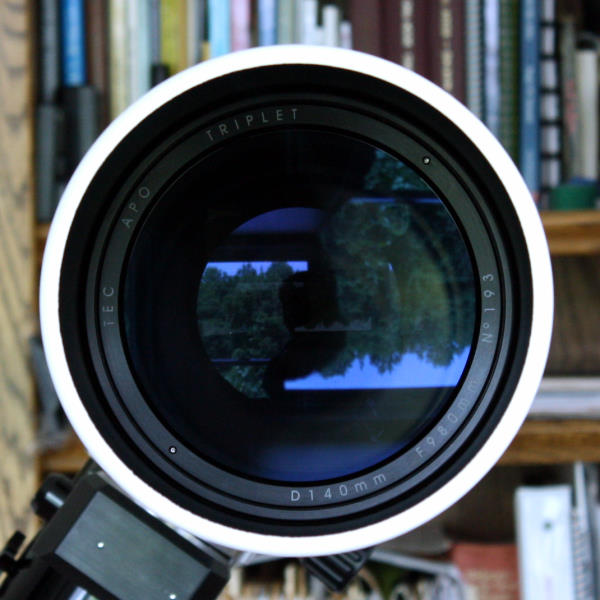
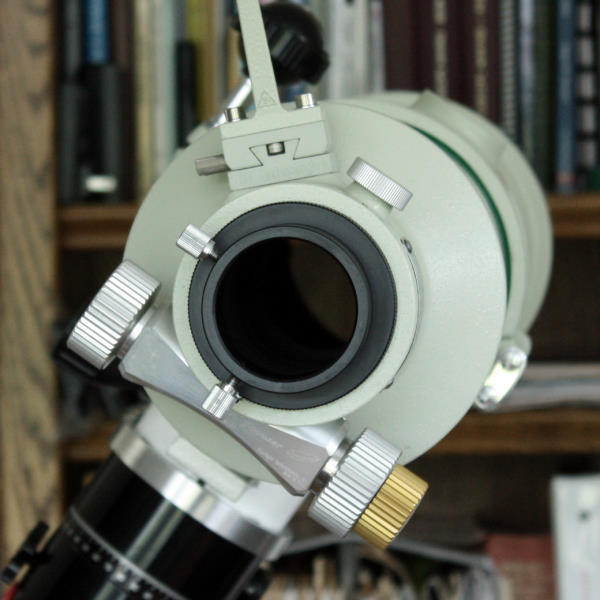
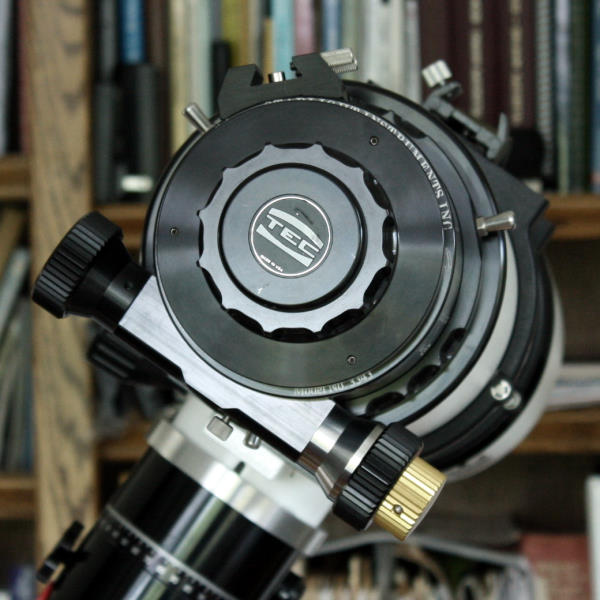
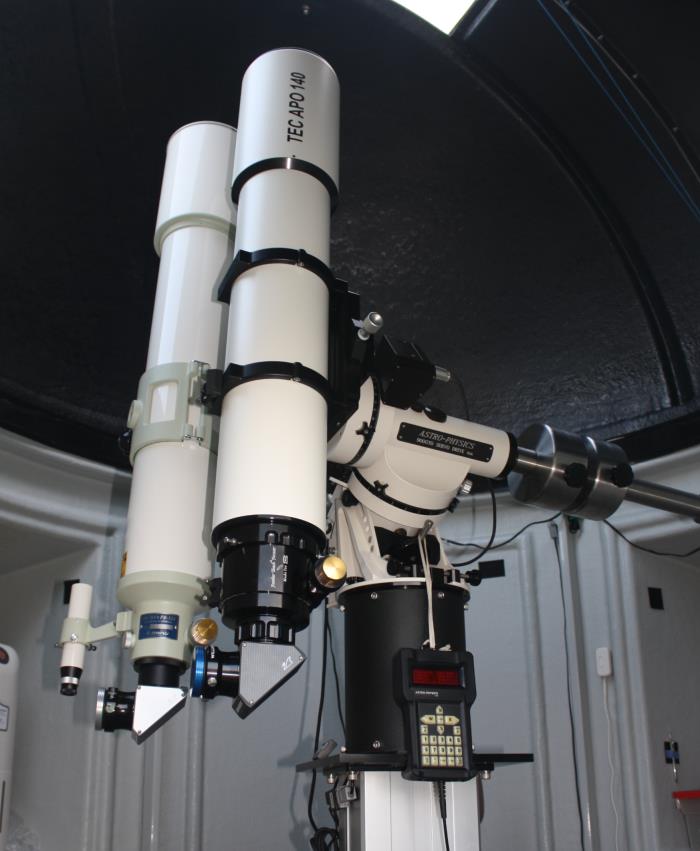
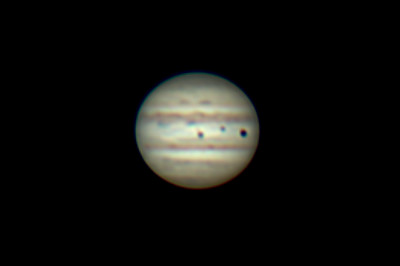
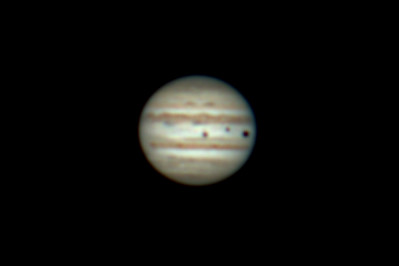
TMB 9mm Planetary eyepiece
The seeing was only fair for this comparison. Jupiter at 23° above the horizon
showed some false color in both scopes, very slight in the TEC 140 and slight in the FS-128.
Detail on the planet showed very little difference, they were almost the same. The TEC 140 showed
a brighter planet and this helped with seeing a little more detail. Color looked slightly warmer in
the TEC 140 than the FS-128. The TEC 140 showed the sky to be a little blacker around the planet.
False color around limb of Jupiter was a little more in the FS-128. More detail was seen in the TEC 140
but not much.
Takahashi 7.5mm LE eyepiece
Seeing excellent for this comparison.
Jupiter was higher in the sky, 25°, than the previous viewing session. Both scopes showed excellent detail.
It was hard to tell the difference in any area. Even false color was about the same, almost non existent
in the FS-128 and none in the TEC 140. After the FS-128 has a doublet lens and the TEC 140 a triplet lens.
Conclusion
For planetary viewing either scope provides exceptional views. I have had nights when the views through
the FS-128 were better than my Meade 12" LX200R. That's a big aperture difference but when seeing is not
that good, which is not where I live, the FS-128 can outperform the LX200R. The same can be said for
the TEC 140. If I had to give one scope a higher grade it would be the TEC 140 but not by that much.
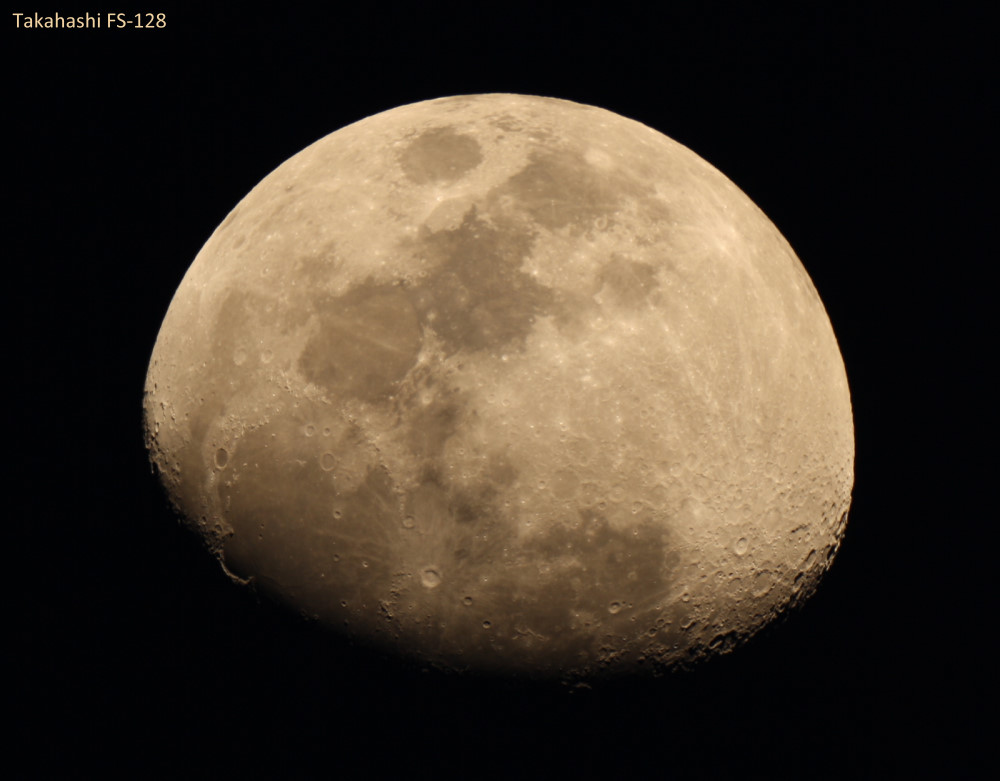
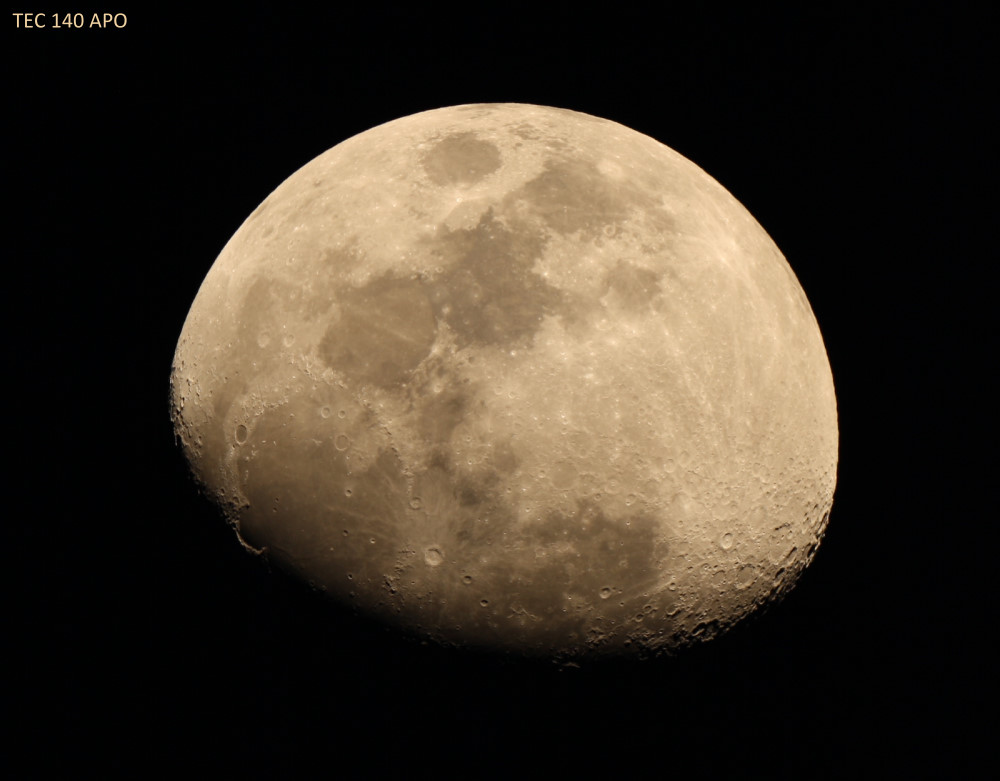
TeleVue 31mm Nagler, 27mm Panoptic, Vixen LVW 22mm, 17mm, 18mm eyepieces
No color around the moon's limb was visible in either the FS-128 or TEC 140. Depending on how I
positioned my eye I could see some green around the limb, this was caused by the eyepiece.
Color, contrast and sky darkness around the moon was the same in both scopes.
Color, contrast and sky darkness around the moon was the same in both scopes.
Conclusion
I did fine the views of the moon in the FS-128 were a little more pleasing than in the TEC 140 when using
low power eyepieces. I think this may be due to the slight increase in magnification when using the same
eyepiece in both scopes. When I tried to study this and see what specific area was making me feel this
way I could not find one.
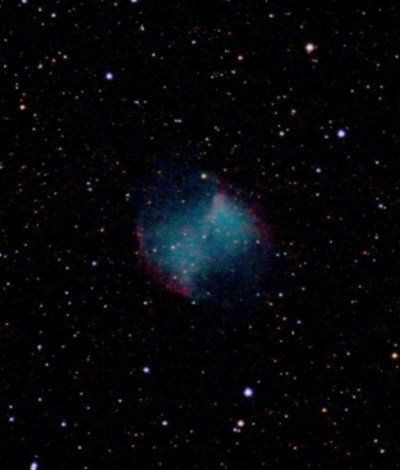
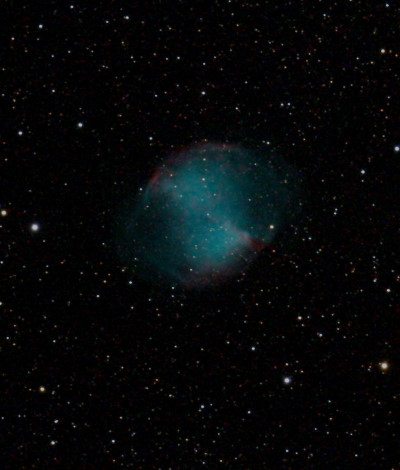
Note:
The above pictures were taken with different cameras so the scale is not the same.
Left picture was with a Canon 20D ISO 400 4 minutes. Right was with Canon 1000D ISO 800 2 minutes.
Both were processed using ImagesPlus.
Left picture was with a Canon 20D ISO 400 4 minutes. Right was with Canon 1000D ISO 800 2 minutes.
Both were processed using ImagesPlus.
M27 (Dumbbell) Planetary Nebula (Vixen 13mm LVW eyepiece)
Looked the same in both scopes. I could not tell any difference.
M11 Star Cluster (Vixen 22mm LVW eyepiece)
More stars visible in the TEC 140. Both scopes showed absolute pin point stars across the entire field.
M17 (Swan) Emission Nebula (Vixen 22mm LVW eyepiece)
More nebula was visible in the TEC 140 but the sky background was also brighter.
M57 (Ring) Planetary Nebula (Vixen 13mm LVW eyepiece)
Brighter in TEC 140. Uneven brightness in ring visible in both scopes. Star to side visible in both.
M56 Globular Cluster (Vixen 13mm LVW eyepiece)
Much better in TEC 140.
M15 Globular Cluster (TMB 9mm Planetary eyepiece)
Dimmer in the FS-128. Could resolve the same amount of stars in both.
Altair
Star test was perfect in both scopes. The in and out focus patterns were the same.
61 Cyg Double Star Mags. 4 & 9 Sep. 6"
Split easily in both scopes. Color was better in the TEC 140.
NGC6992 (Vail) Supernova reminet (Televue 31mm Nagler eyepiece)
Looked the same in both scopes even though the TEC 140 and more aperture.
Comet C/2006 W3 Christensen Mag. ~8
Slightly better in the TEC 140, not much difference.
Conclusion
The greater aperture of the TEC 140 gave it an advantage when viewing most deep sky objects. There were some
tradeoffs however in my light pollutuded area with sky brightness being more in the TEC 140. What surprised
me the most was the Vail looked the same in both scopes. For most deep sky objects more aperture is better
and I found this to be so using the FS-128 and TEC 140. Open and Globular star clusters were noticeable
brighter and more stars visible in the TEC 140. Nebula were about the same, this in part was caused
by sky conditions.